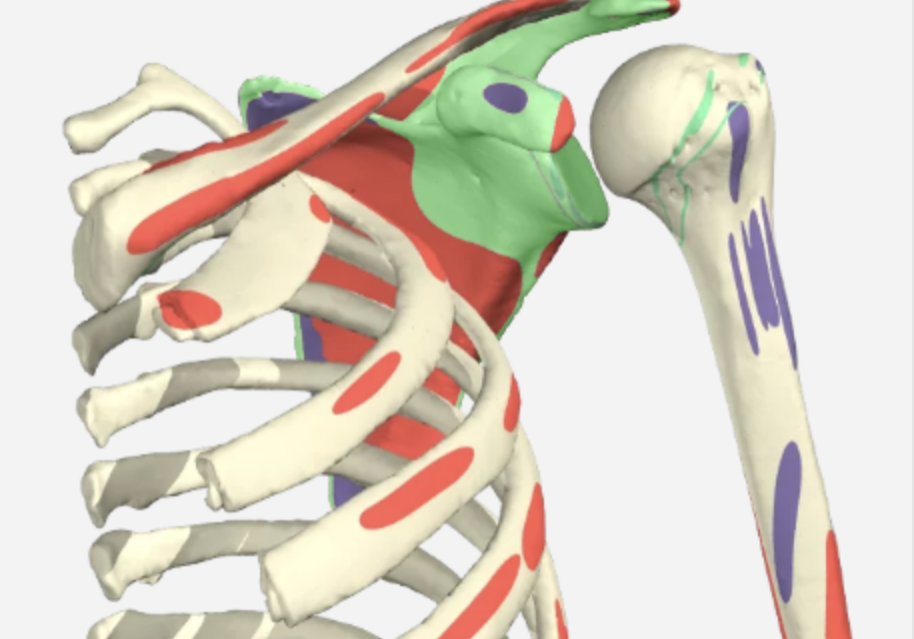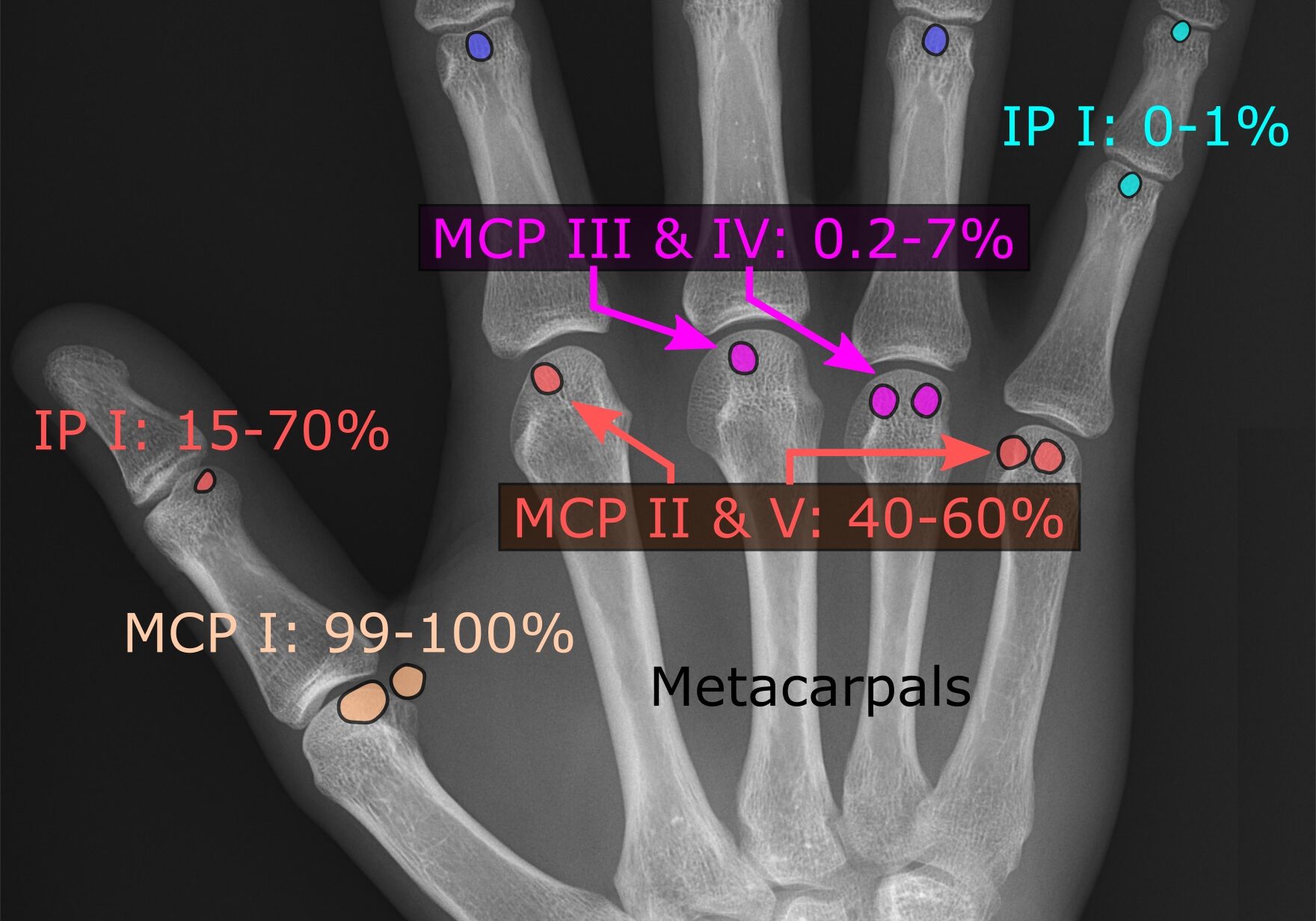Turkmen, E., Akbaba, Y., Altun, S. (2019). Effectiveness of video-based rehabilitation program on pain, functionality, and quality of life in the treatment of rotator cuff tears: A randomized controlled trial. Journal of Hand Therapy, S0894-1130(18)30396-X. DOI: https://doi.org/10.1016/j.jht.2019.08.004
The Skinny
The purpose of this article was to determine the efficacy of video-based rehabilitation programs (VBR) in the conservative treatment of partial rotator cuff tear in comparison to a physiotherapist-supervised rehabilitation program (PSR). Patients completed a 6-week rehabilitation program for rotator cuff tear (hand to shoulder rehab). The VBR group was provided with video instructions for treatment and the PSR group received in person instructions from their therapist. The results of this study showed that the VBR program was just as effective as the PSR program in treating rotator cuff tears with both groups achieving significant improvements in ROM, pain, functional status, and quality of life. The major difference between the two groups was that that the PSR group had higher patient satisfaction ratings highlighting the importance of therapist client interaction.

In The Weeds
The study was a randomized control trial with 30 participants who were randomly assigned to the video-based rehabilitation group (VBR) or the physiotherapist-supervised rehabilitation group (PSR). Active shoulder range of motion, pain, functional status, patient satisfaction, and health-related quality of life of the patients were assessed before and after treatment. Participants were 40 years of age or older and were diagnosed with a unilateral partial supraspinatus muscle tear by an orthopedic surgeon via MRI evaluation.
Both groups were provided with a similar progressive treatment program. The VBR group had an in-person evaluation every 15 days in which they would proceed with the video-based intervention at the clinic. This was done so researchers could monitor the condition of the patients, accuracy of the exercises given, and the clarity of the commands, but feedback was withheld so as not to interfere with the research outcomes and the effectiveness of the video-based program.
Researchers used goniometer measurements (ROM), visual analog scale (pain), DASH questionnaire (functional performance), short form 12 (quality of life), and the Global Rating of Change scale (satisfaction) as outcome measurement tools.
Researchers found significant improvements in all outcome areas with no significant difference between the two groups. The results of this study support the efficacy of video-based interventions for the treatment and management of partial rotator cuff tear.
Bringing It Home
Telehealth is slowly becoming a viable option for therapists and their patients as technology improves and reimbursement standards change. This study supports the use and effectiveness of video-based interventions; however, one major limitation of this study is the generalizability to clients.
Forty-five patients were initially considered for this study, and 12 did not meet the inclusion criteria. The study does not specifically state why these 12 participants were excluded, and the video-based intervention may have been inappropriate. The advantage of video-based interventions includes ease of access for patients, but it may be difficult to tailor video-based interventions to each patient’s specific client factors and performance capacity. The value of video-based interventions may be better used as a supplement to regular therapy rather than an alternative which I believe was the true intent of this article. All in all, this article was well done and provides evidence to support the use of video-based interventions in therapy.
1 Comments
Leave a Comment
More To Read
The function of the Glenohumeral Joint Ligaments
Glenohumeral Joint Ligaments The Glenohumeral (GH) joint is composed of the head of the humerus and the glenoid fossa. The fossa is relatively small compared to the humeral head, making the joint highly mobile, which also leads to an increased risk of instability. The glenoid labrum is a fibrocartilagenous rim attached around the…
Read MoreSesamoid Bones: What are they and what do they do?
By Brittany Carrie A Student’s Perspective During the first few weeks of my rotation, I was exposed to many new and exciting things that I had not been exposed to in the classroom setting. I observed and helped treat patients who had undergone severe trauma from lacerating tendons to complete amputations, saw different splinting techniques,…
Read MoreScar Management in Hand Therapy
Hand therapists may feel they are in a constant battle with scar tissue. It can limit ROM, cause pain, impede other structures, and leave a less than desirable appearance. Scar tissue starts forming as early as 2 weeks after an injury and can continue forming for up to 2 years. The earlier action is taken…
Read MoreSign-up to Get Updates Straight to Your Inbox!
Sign up with us and we will send you regular blog posts on everything hand therapy, notices every time we upload new videos and tutorials, along with handout, protocols, and other useful information.






Thank you for this helpful article.